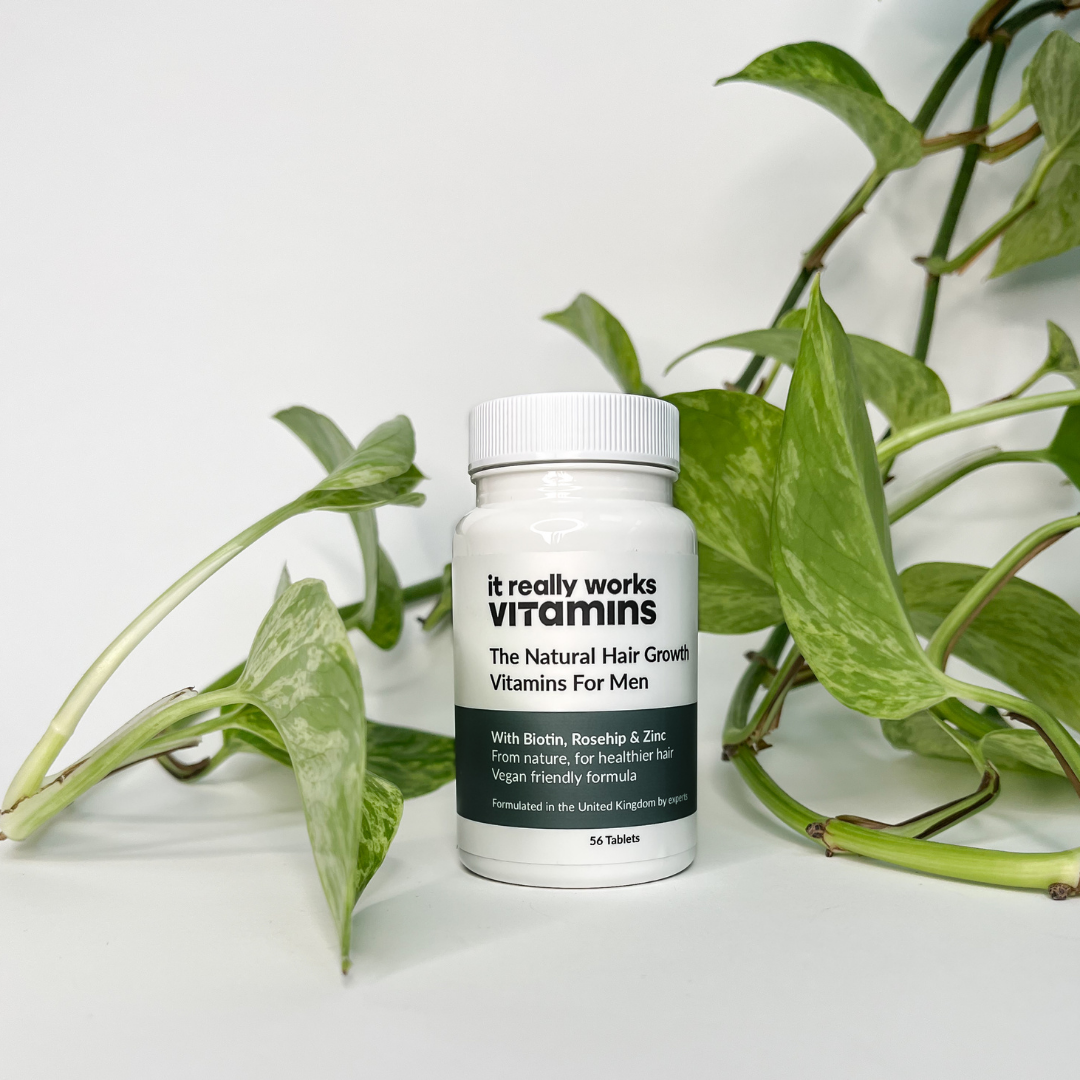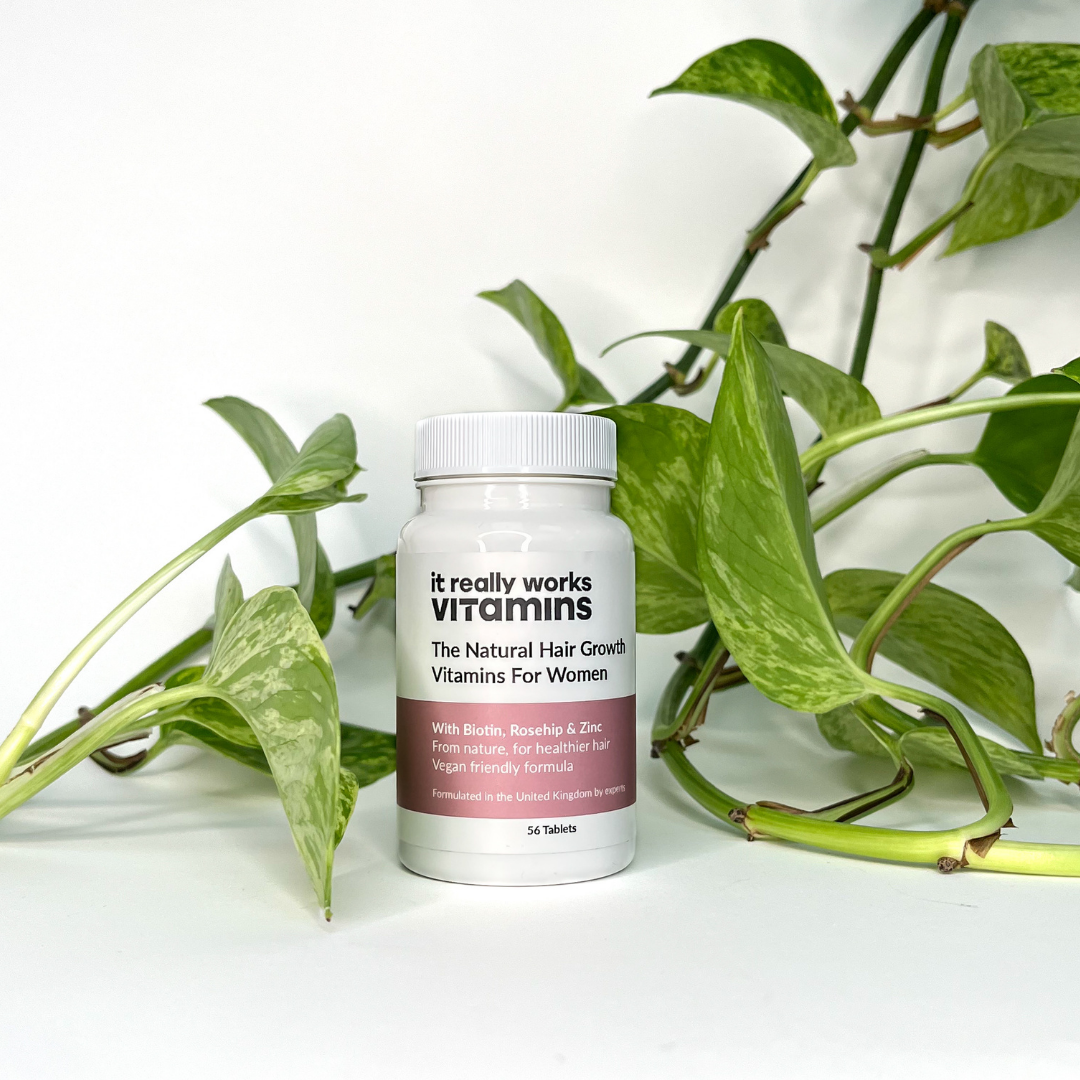Today’s question: “Im STILL LOSING HAIR while using Minoxidil - why?
Here’s why:
As you probably know, Minoxidil or (Rogaine) is a widely used over the counter topical hair loss treatment .The product comes in the form of a gel or foam.

When people first start using minoxidil to restore their hair, some notice that they actually start losing more of it .
So what why is that, and what can you do?
To understand why shedding happens we need to look at how Minoxdil works - and the hair growth cycle!
Your hair follicles go through four phases of growth and follicles are in different phases of hair growth. Minoxidil is believed to affect two stages of hair growth.
Anagen phase
The anagen phase of hair growth is its “growing” phase. This is when the hair is being pushed out from the root.
Applying minoxidil may extend the length of the anagen phase.
Telogen phase
The telogen phase of your hair is its “resting” phase, when it’s done growing but not yet ready to fall out.
In clinical trials on rats, minoxidil shortened the telogen phase of hair from 20 days to 1 to 2 days.
Minoxidil is also classed as a vasodilator, meaning that it dilates your blood vessels so that blood flows more easily where it’s applied. An increase in blood circulation to your scalp could be part of why minoxidil increases hair growth.
What causes minoxidil shedding? .
Common side effects include mild itching and burning as well as flaky skin.
Another side effect is that Minoxidil can also cause your hair to shed, especially when you first start using it.
This is because: minoxidil speeds up the resting phase of your hair - AND SO the hair that’s in the resting phase may fall out more quickly than it normally would.
But have no fear because minoxidil also extends the growth phase of your hair. That means that even though some hair shedding is to be expected at first, new hair growth should soon replace the hair that you’ve lost.
If you’ve just started using Minoxidil - not everyone will experience shedding as a side effect of minoxidil, while some people may experience it severely
There isn't enough data to show how common this particular side effect is.
Can you prevent minoxidil shedding?

You can’t do much to prevent minoxidil-related shedding — or even predict if you’ll experience it when you first start using the product.
One thing to be aware of is that the higher the concentration of minoxidil you use, the more powerful the side effect is likely to be. Using a foam with 2 percent concentration of minoxidil, for example, could cause fewer side effects than with a 5 percent concentration.
If you’re seeing a lot of hair loss, it could be a good idea switch to a less powerful dose of minoxidil.
If you’re concerned about hair loss and haven’t started using minoxidil yet, start with a lower concentration and work up to a higher one if you need it.
How long does minoxidil shedding last?
The results of minoxidil vary from person to person. In general it takes about 2 months of consistent use to start to achieve noticeable results with minoxidil.
After 4 months of use, you should start to see the end of hair loss and start to see hair growth.
If it’s been 4 months and you’re still seeing hair shedding, it may not be related to minoxidil.
It’s also possible that minoxidil isn’t the right product for you.
If you see a lot of your hair falling out after 4 months of use, speak to your doctor about alternative treatments.
If you’ve been using minoxidil for several weeks and you’re still seeing more hair loss than growth, see your primary care doctor or a dermatologist. They may be able to determine if hair loss is being caused by another underlying health condition.
Some other serious side effects that require medical attention are:
yellow, green, or gray discharge coming from broken skin on your head
- persistent scales, redness, or irritation on your scalp
- sudden, patchy hair loss that doesn’t fit your normal hair loss pattern
- depression or a mental health concern related to your hair loss





